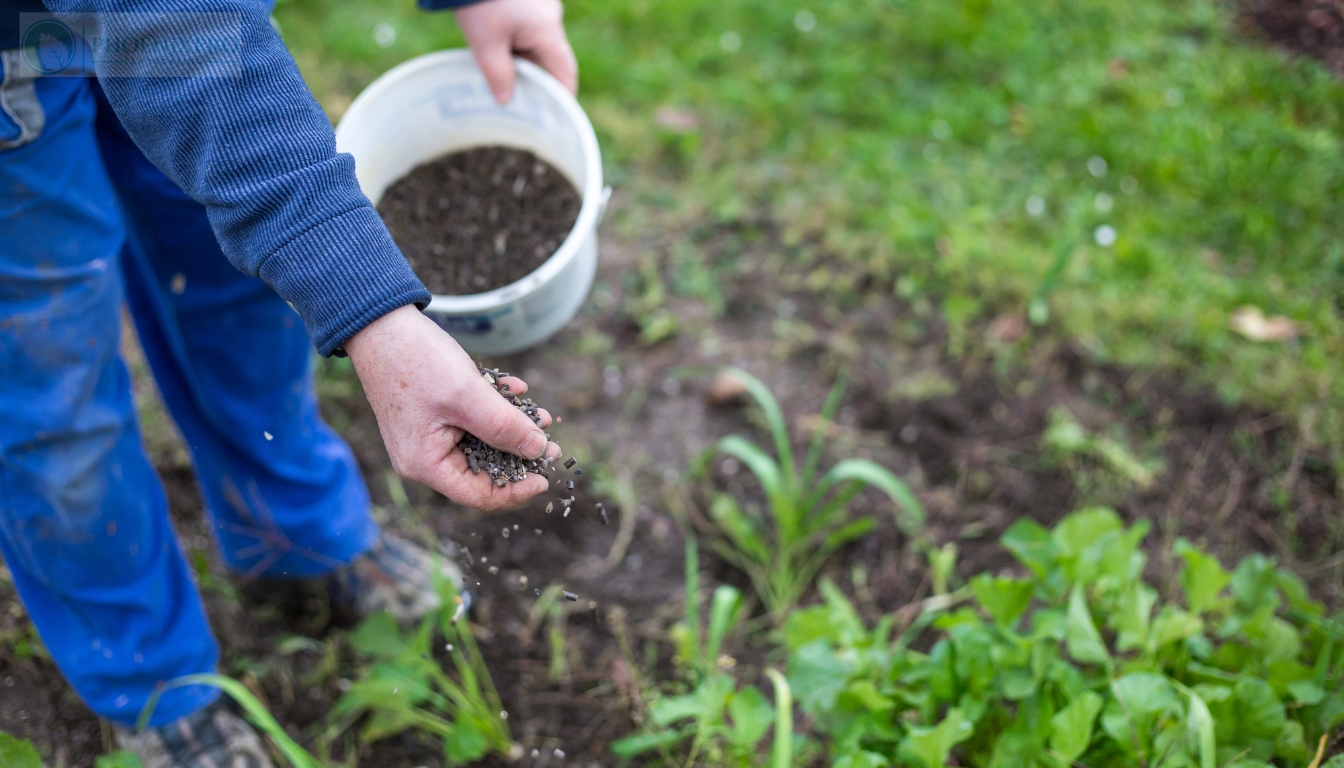Introduction: The Greenest Grass on the Block
When it comes to creating the perfect outdoor space, there's no denying that a lush, green lawn is at the heart of it all. Whether you're hosting a summer barbecue or simply enjoying your morning coffee outside, a well-maintained lawn can elevate your landscaping game to an entirely new level. However, many homeowners fall victim to common lawn care mistakes that can lead to unsightly patches and wasted effort. In this article, we'll explore the 5 Common Lawn Care Mistakes and How to Avoid Them, ensuring you can present your best outdoor self.
5 Common Lawn Care Mistakes and How to Avoid Them
1. Overwatering Your Lawn: The Silent Killer
Why is Overwatering an Issue?
Overwatering seems harmless enough, right? After all, water is essential for growth. However, too much of a good thing can drown your grass roots, leading to root rot and fungus problems. Not only does this contribute to an unsightly local landscaping services lawn, but it also wastes water—a precious resource.
Signs of Overwatered Grass
- Yellowing or browning blades Soft or spongy soil Mold or fungus growth on the surface
How to Avoid Overwatering
To maintain optimal hydration levels, consider implementing a watering schedule based on weather conditions:
Check Soil Moisture: Stick your finger into the soil up to two inches deep. If it feels dry, it's time for a drink. Water Early: Aim for early morning watering when temperatures are cooler and evaporation is minimized. Use Sprinkler Timers: Automate your watering routine with timers that adjust based on seasonal needs.2. Neglecting Soil Health: The Foundation of Your Lawn
Why Is Soil Health Important?
Soil health often gets overlooked in favor of visual aesthetics like grass length or color. However, healthy soil serves as the foundation for vibrant turfgrass growth. Without adequate nutrients and structure, even the best types of grass will struggle.
Signs of Poor Soil Quality
- Compacted soil that drains poorly Sparse growth in certain areas Weeds thriving despite your efforts
How to Improve Your Soil Health
Here’s how you can enhance your soil quality:
Soil Testing: Conduct regular pH and nutrient tests through local gardening centers. Aeration: Aerate compacted areas annually to allow air and nutrients to penetrate deeper. Organic Matter Addition: Add compost or organic mulch regularly for improved nutrient content.3. Mowing Mistakes: More Than Just Cutting Grass
What Are Common Mowing Errors?
Mowing may seem straightforward—after all, you're just cutting grass! However, mowing too short (scalping) can weaken grasses while mowing with dull blades leads to ragged cuts that invite pests.
Indicators of Poor Mowing Practices
- Brown tips on grass blades Uneven patches in the lawn Increased weed presence
How to Mow Effectively
Follow these tips for better mowing practices:
Set Proper Height: Adjust your mower height according to grass type; typically 2.5–4 inches is ideal. Sharpen Blades Regularly: Keep mower blades sharp for clean cuts. Change Up Patterns: Alternate mowing patterns weekly; this encourages upright growth.4. Ignoring Fertilization Needs: Feed Your Lawn Wisely
Why Is Fertilization Necessary?
Regular fertilization supports healthy growth by providing essential nutrients like nitrogen, phosphorus, and potassium (NPK). Failing to fertilize appropriately can lead to nutrient deficiencies visible through poor color or stunted growth.
Signs You Might Need Fertilizer
- Pale green color Reduced growth rate Increase in weeds
How To Fertilize Correctly
Here’s how you can boost your lawn's health through effective fertilization:
Choose the Right Fertilizer: Consider slow-release formulas that provide consistent feeding over time. Follow Seasonal Schedules: Spring is typically when most lawns need their first application. Apply Evenly: Utilize spreaders for uniform distribution; avoid clumping!5. Skipping Aeration: Letting Air Into Your Lawn’s Lungs
What Is Aeration?
Aeration involves perforating the soil with holes allowing air, water, and nutrients access directly into grassroots systems—an essential aspect often ignored in landscape maintenance routines.
Signs That Aeration May Be Needed
- Compacted areas where water pools Thinning or uneven patches across your lawn
How To Aerate Effectively
Implement these techniques for successful aeration:
Timing: Late spring or early fall are optimal times for aerating lawns. Tools: Consider using manual or powered aerators depending on lawn size. Post-Aeration Care: Follow up with overseeding or fertilizing post-aeration for best results.FAQs About Lawn Care Mistakes
Q1: What’s the ideal watering frequency for my lawn?
A1: Generally speaking, lawns require about one inch of water per week—this includes rainfall!
Q2: When should I apply fertilizer?
A2: Fertilizing during early spring and fall yields optimal results—just remember not to overdo it!
Q3: How often should I mow my lawn?
A3: A good rule of thumb is mowing every 5–7 days during peak growing seasons.
Q4: Can I use any type of fertilizer on my lawn?
A4: Not necessarily! Always choose fertilizers designed specifically for lawns based on their nutrient needs.
Q5: How do I know if my soil needs aeration?
A5: If water pools after rainstorms or if you notice thinning patches in your grass—it's Check out this site time!

Q6: What’s the best way to prevent weeds from taking over my yard?
A6: Maintaining healthy soil and proper mowing techniques create a dense turf that naturally outcompetes weeds.
Conclusion
In conclusion, maintaining a beautiful lawn doesn’t have to be a daunting task if you’re aware of common pitfalls along the way! As we’ve explored throughout this article discussing the " 5 Common Lawn Care Mistakes and How to Avoid Them," simple adjustments in watering habits, mowing practices, soil management strategies—and yes—even timely aerations—can make a world of difference in achieving that enviable green carpet look! By focusing on proper landscaping techniques paired with effective landscape maintenance strategies tailored specifically towards Arizona environments (where drought concerns may arise), you’ll soon find yourself among those boasting one of the best landscapes around town! So roll up those sleeves; let’s get growing!